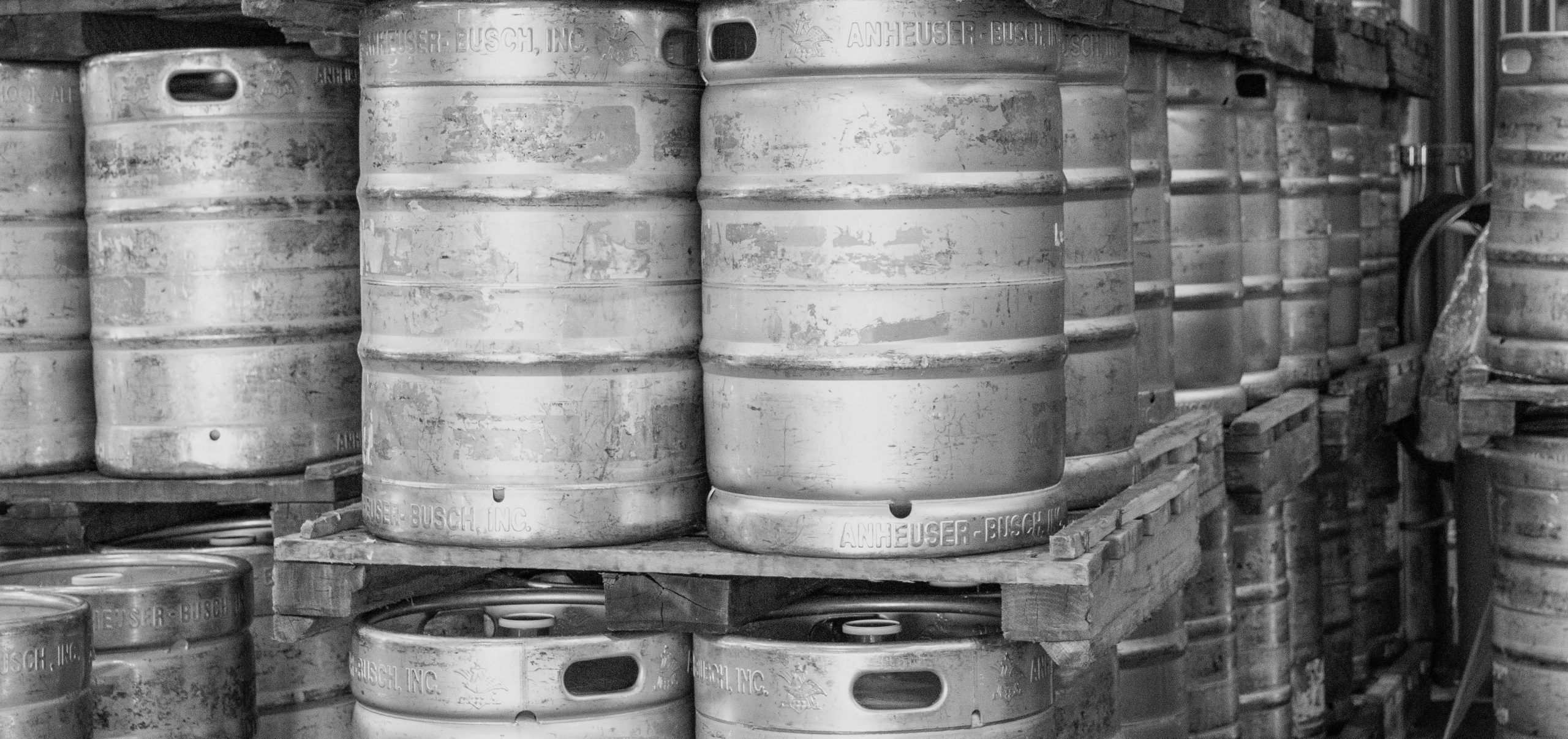Personally, I’m not a fan of repeating myself. In fact, I really don’t like repeating myself, but I often have to anyway. Some tasks need to be done again and again… and again.
It is thought that very few jobs could actually be fully automated, maybe 5%. But almost all jobs could be augmented with automation. This means more time to help customers, more time to produce products or more time to take on new projects. A recent study found that 60% of occupations could have at least 30% of their activities automated.
But what does automation mean in practice? There are three main steps to automation:
- Digitisation — Increases the speed and throughput of your processes
- Automation — Unlocks scale by reducing manual actions
- Optimisation — Digitisation gives you the data, now use it to improve the process
There are so many processes that are ripe for automation, it could be literally anything. It could be making real-time decisions (accepting payments, re-routing trucks, or selling stocks), forecasting business needs (sales, commodities, or availability), or simply an everyday business process (evaluating contracts, purchasing supplies, or closing the books).
Whatever the process is, as long as you can define and break down the steps, you can digitise and automate the steps. With each step digitised, you can then optimise the whole end-to-end process.
Recently Leap Beyond and Carlsberg worked together to develop a new technology to uniquely fingerprint beers. Lots of microbrews are created during the beer development process. As much fun as it sounds, tasting all the development beers is not humanly possible (or advisable). Beer fingerprinting allows the flavour and taste of beers to be measured quickly and objectively before they are brewed. This reduces the time needed to develop a new beer by up to two thirds. With fingerprinting tastier beers can be highlighted earlier in the development process.
The fingerprinting process needs many images to be looked at. Each image requires dozens or even hundreds of features to be recorded. Without an automated process the team spent far too long looking at these images and collating the results. Working together with the expert chemists and brewers we were able to digitise this process. We developed a computer vision framework to extract the features from the images digitally. Iterating quickly, we built an app to automate the process that allowed users to easily upload images and download the results. This reduced the time needed to analyse these images from several painstaking hours to a few simple clicks.
At this point we had achieved digitisation and automation through computer vision. But the team had one step left to complete: optimisation. Using these new tools, it became possible to look closer at the nature of the fingerprinting itself. We applied machine learning to determine which image features best identified the different beers. Together with the experts, we were then able to improve the fingerprinting by focusing on the features that made the most unique fingerprint. This optimised the research and development process and allowed for quick experimental beer creation.
This project is a great illustration of what is possible in automation. Our approach combined computer vision and machine learning to digitise and automate a business process. We embedded machine learning “invisibly” behind a simple user-interface. This enabled the whole team to understand the results and optimise their end-to-end process.
This is just one example of the success stories that come from embedding machine learning and AI in process automation.
Can your company’s process be digitised, automated and optimised?
We’re sure it can. We’ll bet a beer or two on it.

